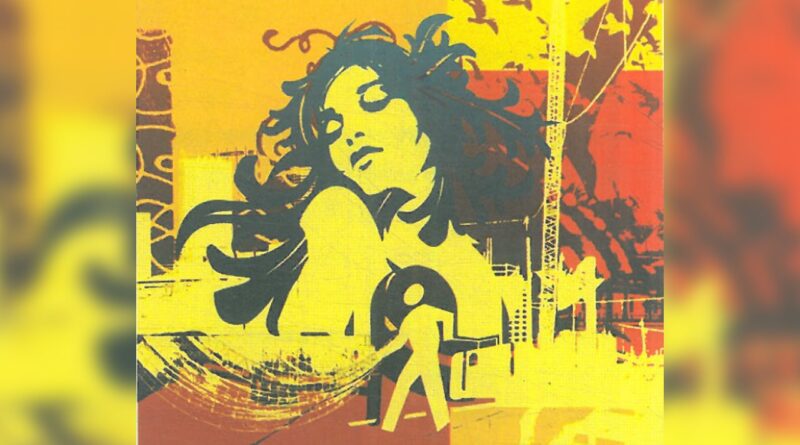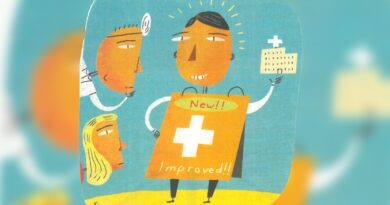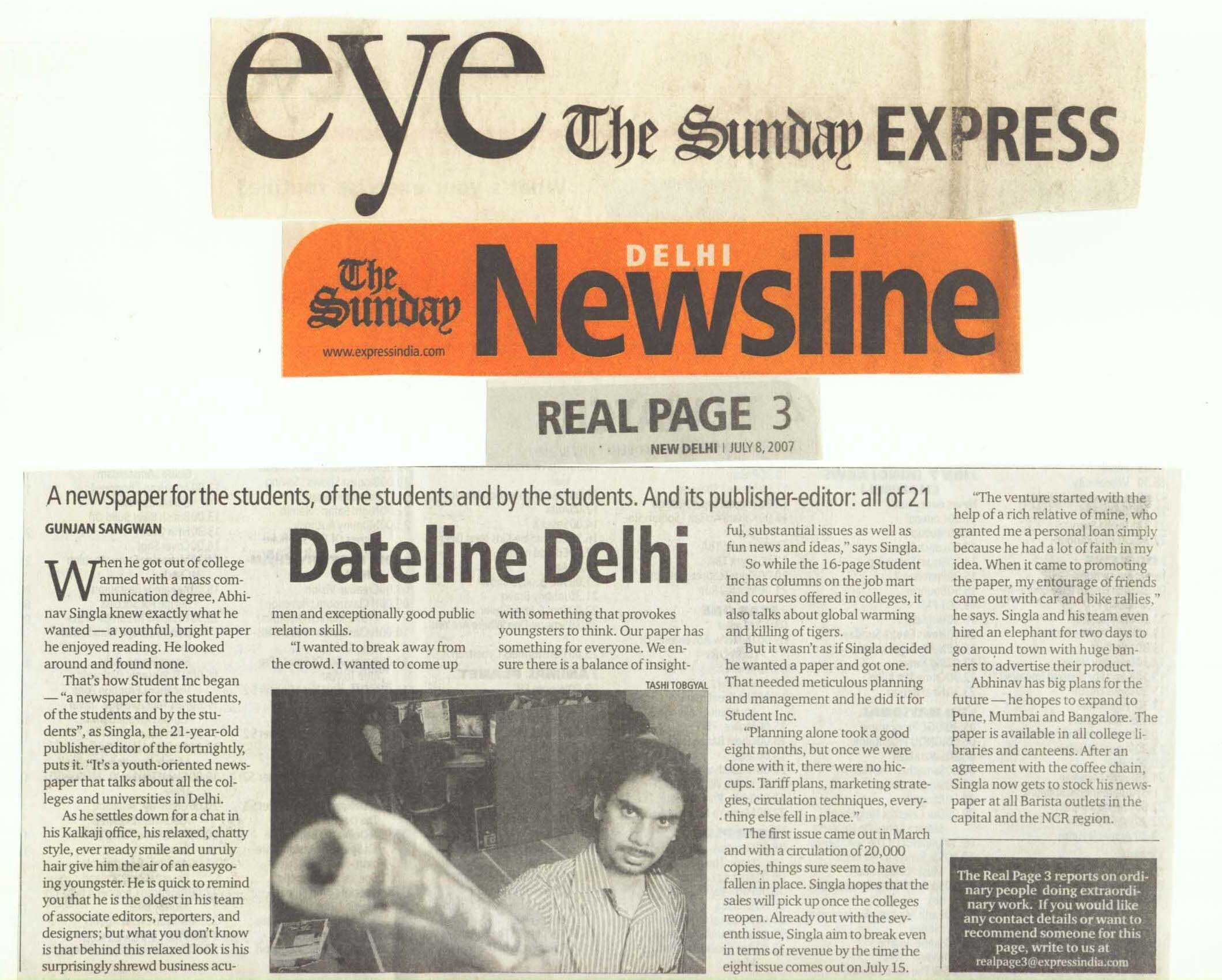Empowerment of Women: Myth or Reality?
Close on the heels of International Women’s Day on March 8, Sumiran Preet talks to a few women to find out their views on the status of women in our society.
Tennis ace Sania Mirza refused to play in India because she felt that the nation was more concerned about things other than the sport she played. She has been in the web of controversy ever since she stepped on to the field with her short skirts; a controversy regarding her remark on premarital sex, another one involving insult to the national flag most recently with regards to shooting for commercial in a mosque.
“Why can’t the people let her be? I think this scrutinizing of everything she does takes place because she is a woman,” feels Sharon Arora, a student at JIIMS, Kalkaji. She opines that empowerment of women is being forced on the people even when they are not psychologically ready to accept women enjoying status equal to men.
It is not difficult to see how. “l asked this man in the metro to get up and give me the seat as I was having too much stuff to hold. He refused saying ‘madam yeh ladies seat nahi haj‘. That was so awkward. Finally some other man got up and gave me his seat,” recalls Sharon. This, despite the incessant announcements asking passengers to vacate seats for women and the elderly. “Men only adhere to anything that is a written edict. Otherwise their psyche is not prepared to give women equal share in anything,” she adds.
Akhila Sivadas, executive director, Centre for Advocacy and Research and a feminist expresses it better: “Though there is a realization in the country that no development can take place without involving women, this has not actualized. Hence, we see a jostling for reservations and bills. Except for women’s education where the scene is a little better, we find indicators that are adverse: such as unequal sex ratio, women’s nutrition and access to resources.” She adds that though efforts are being made towards the betterment of women, they lack political thrust and genuine commitment.
Sana Naaz, secretary Sambhav, an NGO that works on women’s education holds similar views. “You might see a lot of reservations for women but the reality is very different. What about the women in unorganized sector? Also, existing laws don’t favour the rape victim. The rapists usually get out on bail.”
But at the same time, Naaz believes that there are many things one could find encouragement in. There are women like Bilqis Bano and Sania Mirza who move ahead despite hurdles. Recently, Time magazine named Sania as one who will create, albeit change history.
“That is how a woman ought to be. The time for sulking and feeling that we are nor given equal rights has gone. We must stand up and fight for ourselves,” she adds.
Richa Bansal, editor of Fashion & Life magazine emphasizes that in this fight it is the women who will have to play the lead role. “Women’s empowerment is surely taking place but it is an over hyped phenomenon. What are women doing to help other women? Unless we women become assertive about our role in the society I see little reason to celebrate Women’s day.”
A reality check: status of women
India’s constitution guarantees free primary school education for both boys and girls up to age 14, but the literacy rate for women is 39 percent versus 64 percent for men.
Another study on time and energy spent by men and women on agricultural work (Batliwala 1982) found that 53 percent of the total human hours per household are contributed by women as compared to 31 percent by men.
A study found anaemia in over 95 percent of girls ages 6-14 in Calcutta, around 67 percent in the Hyderabad area, 73 percent in the New Delhi area, and about 18 percent in the Madras area. This study states, “The prevalence of anaemia among women ages 15-24 and 25-44 years follows similar patterns and levels. Besides posing risks during pregnancy, anaemia increases women’s susceptibility to diseases such as tuberculosis and reduces the energy women have available for daily activities such as household chores, child care, and agricultural labour.





